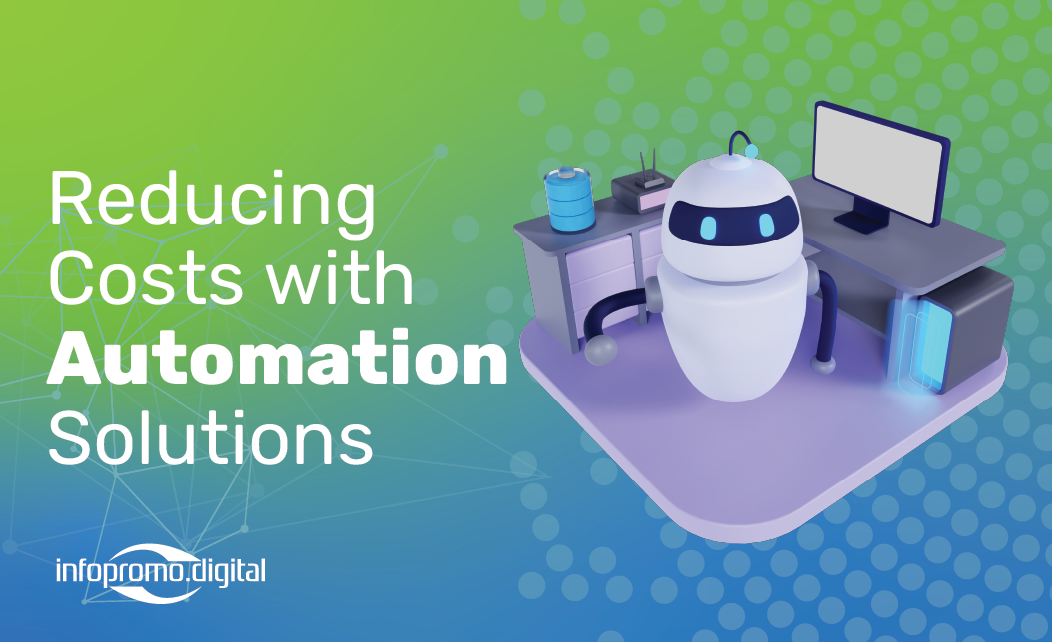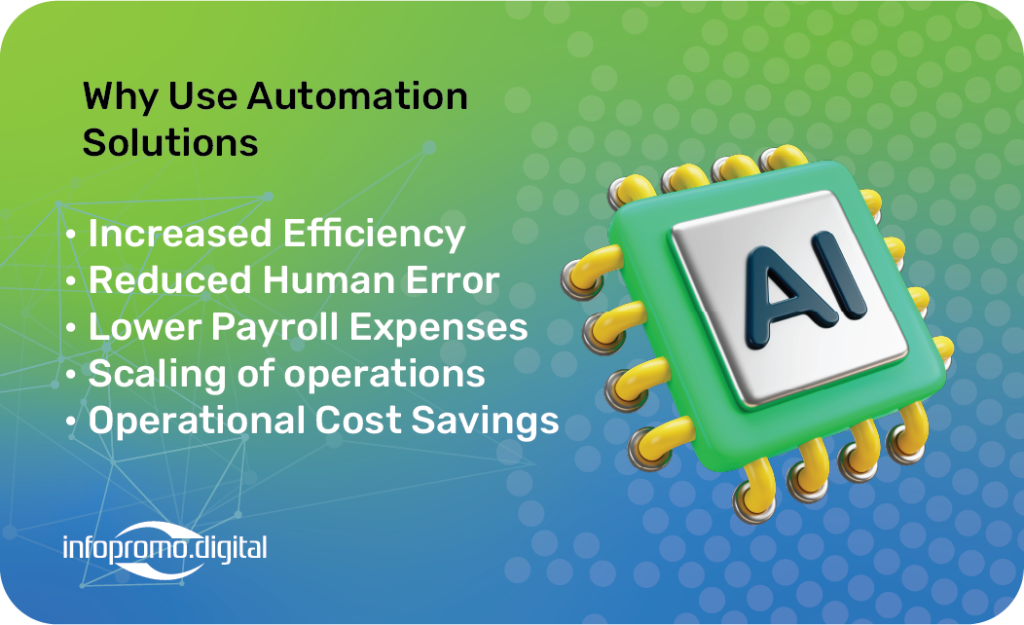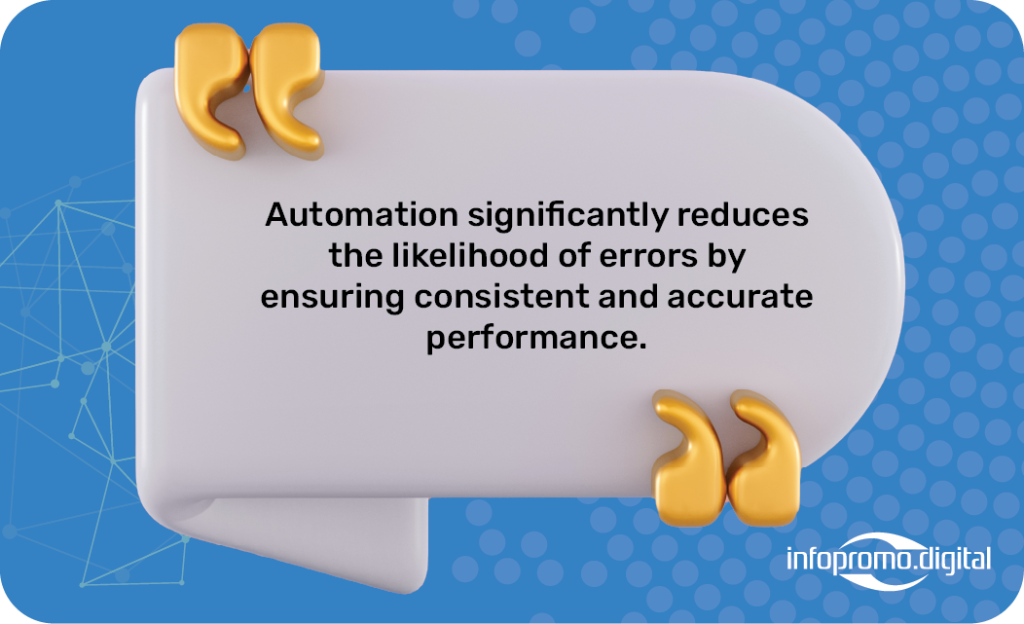
In today’s competitive business landscape, companies are constantly looking for ways to reduce operational expenses while maintaining or even improving their productivity. One of the most effective strategies to achieve this is by adopting automation technologies. From manufacturing to customer service, automation can streamline processes, reduce human error, and significantly cut costs. This blog explores the financial benefits of implementing automation solutions and how they can transform your business operations.

Understanding Automation Technologies Automation technologies encompass a wide range of tools and systems designed to perform tasks with minimal human intervention. These include robotic process automation (RPA), artificial intelligence (AI), machine learning (ML), and various software solutions that automate repetitive tasks. By leveraging these technologies, businesses can optimize their workflows and reduce the time and resources spent on mundane activities.
Cost Reduction Through Efficiency One of the primary financial benefits of automation is increased efficiency. Automated systems can operate 24/7 without the need for breaks, ensuring continuous productivity. This leads to faster turnaround times and higher output rates. For example, in manufacturing, robots can assemble products with precision and speed, reducing the labor costs associated with manual assembly. Similarly, in the service industry, automated customer support systems can handle routine inquiries, freeing up human agents to tackle more complex issues.
Minimizing Human Error Human error is an inevitable part of manual processes, often leading to costly mistakes and rework. Automation significantly reduces the likelihood of errors by ensuring consistent and accurate performance. For instance, automated data entry systems can process large volumes of information with high accuracy, eliminating the errors commonly associated with manual data entry. This not only saves time but also reduces the costs associated with correcting mistakes.
Lower Operational Costs Automation can also lead to substantial savings in operational costs. By automating routine tasks, businesses can reduce the need for extensive labor, leading to lower payroll expenses. Additionally, automated systems often require less maintenance and have lower operational costs compared to their manual counterparts. For example, automated warehouses use robotics for inventory management, reducing the need for human labor and minimizing the costs associated with inventory errors and shrinkage.

Enhanced Scalability As businesses grow, the need for scalable solutions becomes critical. Automation provides the flexibility to scale operations without a proportional increase in costs. Automated systems can handle increased workloads effortlessly, allowing businesses to expand without the need to hire additional staff. This scalability ensures that operational costs remain manageable even as the business grows.
Conclusion Adopting automation technologies offers numerous financial benefits, from increased efficiency and reduced human error to lower operational costs and enhanced scalability. By integrating these solutions into their operations, businesses can achieve significant cost savings and stay competitive in an ever-evolving market. Embrace the power of automation and unlock new opportunities for cost reduction and growth.




